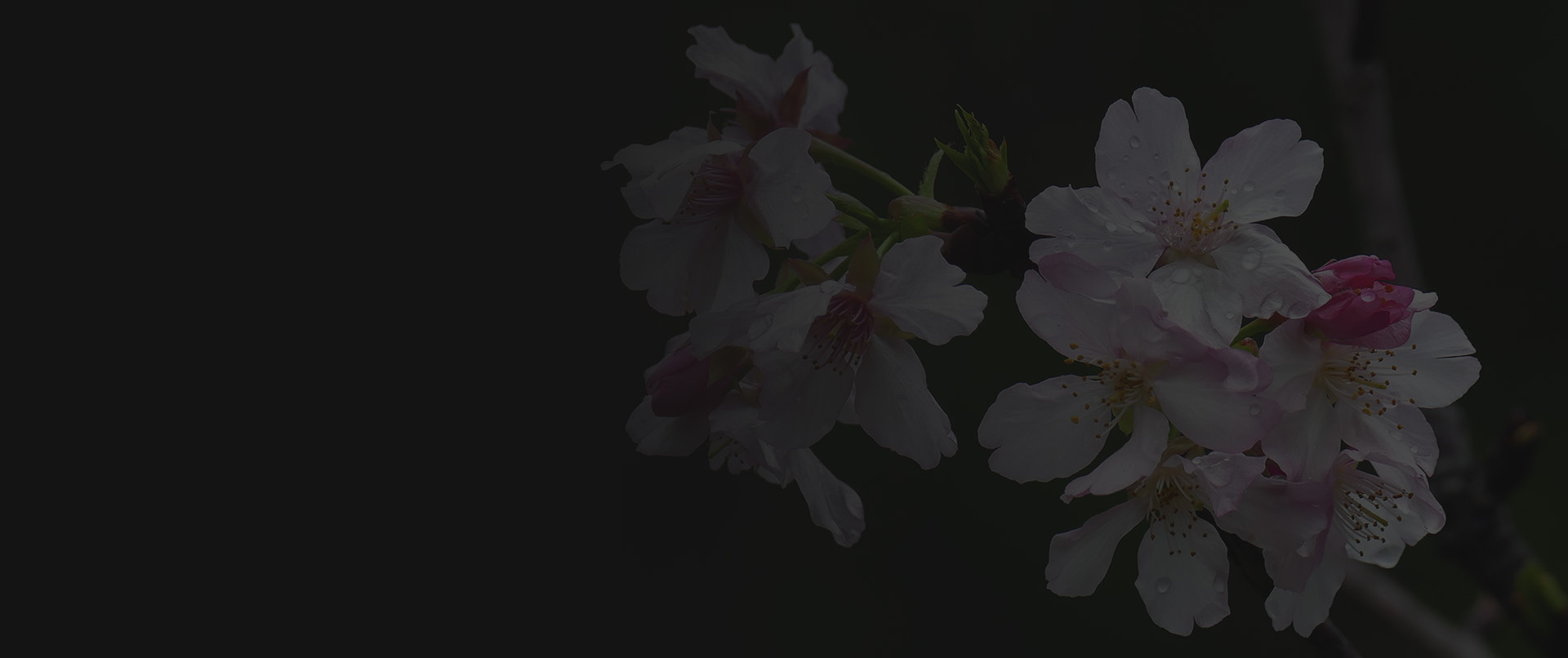Sep . 16, 2024 15:33 Back to list
famous pollination pollen of kiwifruit in orchard
The Importance of Pollination for Kiwifruit Orchards
Kiwifruit, known for its vibrant green color and unique taste, has become increasingly popular in global markets. However, the successful cultivation of this nutritious fruit is heavily reliant on effective pollination. This article explores the significance of pollination in kiwifruit orchards, the role of pollen, and how growers can enhance pollination rates to maximize yield.
Pollination is the process by which pollen from the male parts of a flower fertilizes the female parts, leading to the production of fruit. Kiwifruit plants produce separate male and female flowers on different plants, making them dioecious. This characteristic highlights the necessity for both male and female plants to be present in an orchard for successful fruit production. The male plants provide pollen, which is essential for the fertilization of female flowers.
One of the most critical factors influencing the pollination of kiwifruit is the presence of effective pollinators. Honeybees are the primary pollinators in kiwifruit orchards, but other insects such as bumblebees and native bees also play a vital role. The abundance of these pollinators can significantly affect the yield and quality of the fruit. Research indicates that orchards that are home to a diverse array of pollinator species tend to produce more fruit as well as fruits with a more desirable size and sweetness.
famous pollination pollen of kiwifruit in orchard

To enhance pollination in kiwifruit orchards, growers can adopt several strategies. One approach is to increase the number of male plants in relation to female plants, as this ensures that adequate pollen is available during the flowering period. A common ratio recommended is one male plant for every five to eight female plants. Moreover, planting additional flowering plants around the orchard can attract and sustain pollinator populations, thereby boosting pollination rates.
Timing is also crucial in realizing successful pollination. Kiwifruit flowers bloom in the spring, and growers must ensure that their male and female plants flower simultaneously. An understanding of local climate conditions can help in choosing the right cultivars that match flowering times. Additionally, monitoring weather conditions is essential, as rain and strong winds during the flowering period can inhibit pollination by interfering with the activity of pollinators and dispersing pollen.
In conclusion, the role of pollination in the production of kiwifruit cannot be overstated. Effective pollination fosters higher yields and superior fruit quality, making it a cornerstone of successful kiwifruit cultivation. With careful planning, management of plant ratios, and consideration of pollinator habits, orchardists can significantly enhance the pollination efficiency of their kiwifruit crops. As the demand for kiwifruit continues to grow, so too does the need for innovative and sustainable pollination strategies in orchard management.
-
Pollen Peach Tree for Pure Pollination and High-Quality Peach Pollen
NewsJul.30,2025
-
Premium Cherry Pollen for Pure Pollination & Different Types
NewsJul.30,2025
-
Artificial Pollination Solutions for Various Plant Pollen Types
NewsJul.29,2025
-
Artificial Pollination Solutions for All Plant Pollen Types
NewsJul.29,2025
-
Premium Plant Pollen for Pure Pollination & Pollen Block Solutions
NewsJul.29,2025
-
Artificial Pollination Solutions for Efficient Crop Yields
NewsJul.28,2025